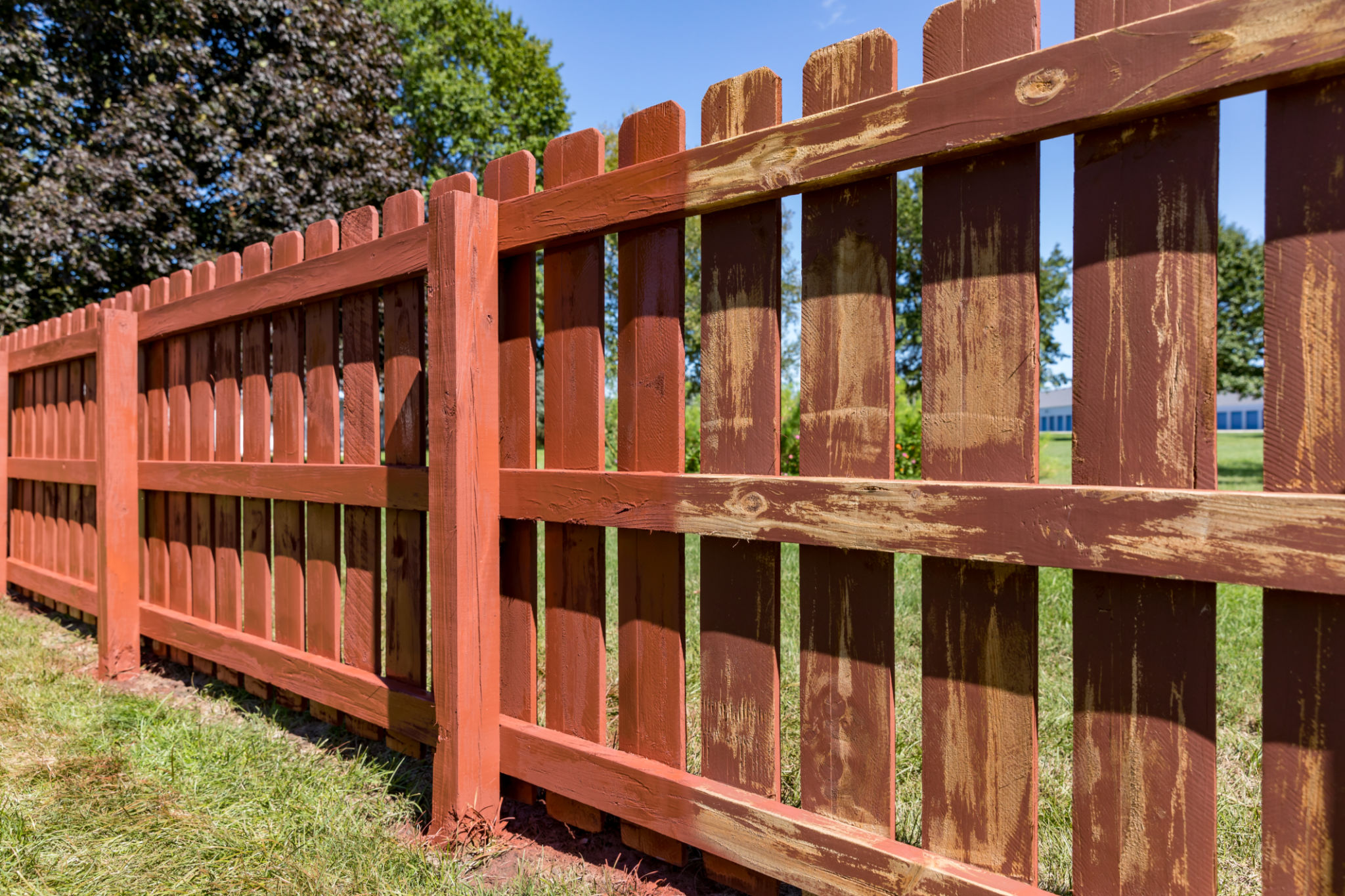Preparing Your Fence for Winter: Maintenance Tips and Tricks
Inspect and Repair Your Fence
As winter approaches, it's crucial to give your fence a thorough inspection. Look for any signs of damage such as cracks, loose boards, or rusted nails. Identifying these issues early can save you from bigger problems once the snow and ice set in. If you find any damages, take the time to repair them now. This might include replacing broken boards or tightening loose screws and nails.

Don't forget to check the posts as well. Ensure that they are still firmly set in the ground, as shifting soil can cause them to become loose over time. Reinforcing them with additional soil or gravel can help maintain stability throughout the harsh winter months.
Clean Your Fence Thoroughly
Cleaning your fence is an essential step in preparing it for winter. Dirt, grime, and mildew can accumulate over time, weakening the material. Use a power washer or a garden hose with an attachment to clean the surface effectively. For wooden fences, consider using a mild detergent or a specialized wood cleaner to remove stubborn stains without damaging the wood.
After washing, allow the fence to dry completely. This is especially important for wooden fences, as moisture left on the surface can lead to rot when temperatures drop. Once dry, inspect again for any areas that might need additional attention.

Apply a Protective Finish
A protective finish acts as a shield against the elements, extending the life of your fence. For wooden fences, applying a weatherproof sealant or stain will help prevent water damage and rot. Choose a product specifically designed for exterior use to ensure maximum protection.
Metal fences can benefit from a rust-resistant paint or primer. This will not only protect the metal from rusting due to moisture exposure but also enhance its appearance during the dreary winter months.

Trim Surrounding Vegetation
Overgrown bushes, trees, and other vegetation can pose a risk to your fence during winter storms. Trim back any branches that hang over or lean against your fence, as heavy snow and ice can cause them to break and damage your fence.
Additionally, keeping vegetation trimmed back can help reduce moisture buildup around the base of the fence, which is particularly beneficial for wooden fences that are prone to rot.
Consider Temporary Reinforcements
If you live in an area prone to heavy snowfall or strong winds, consider reinforcing your fence temporarily. Windbreaks or additional bracing can provide extra support during severe weather conditions. These reinforcements can often be removed easily once winter has passed.
For particularly vulnerable sections of the fence, such as those on slopes or near open fields, extra support may be necessary to prevent tipping or collapse under heavy snow loads.

Regular Winter Maintenance
Once winter arrives, continue to check your fence regularly. After heavy snowfalls or storms, remove any accumulated snow from the fence line to reduce stress and prevent potential damage. Use a broom rather than a shovel to avoid scratching or damaging the surface.
By following these maintenance tips and tricks, you can ensure that your fence remains in top condition throughout the winter months and is ready to face the challenges of the season head-on.
